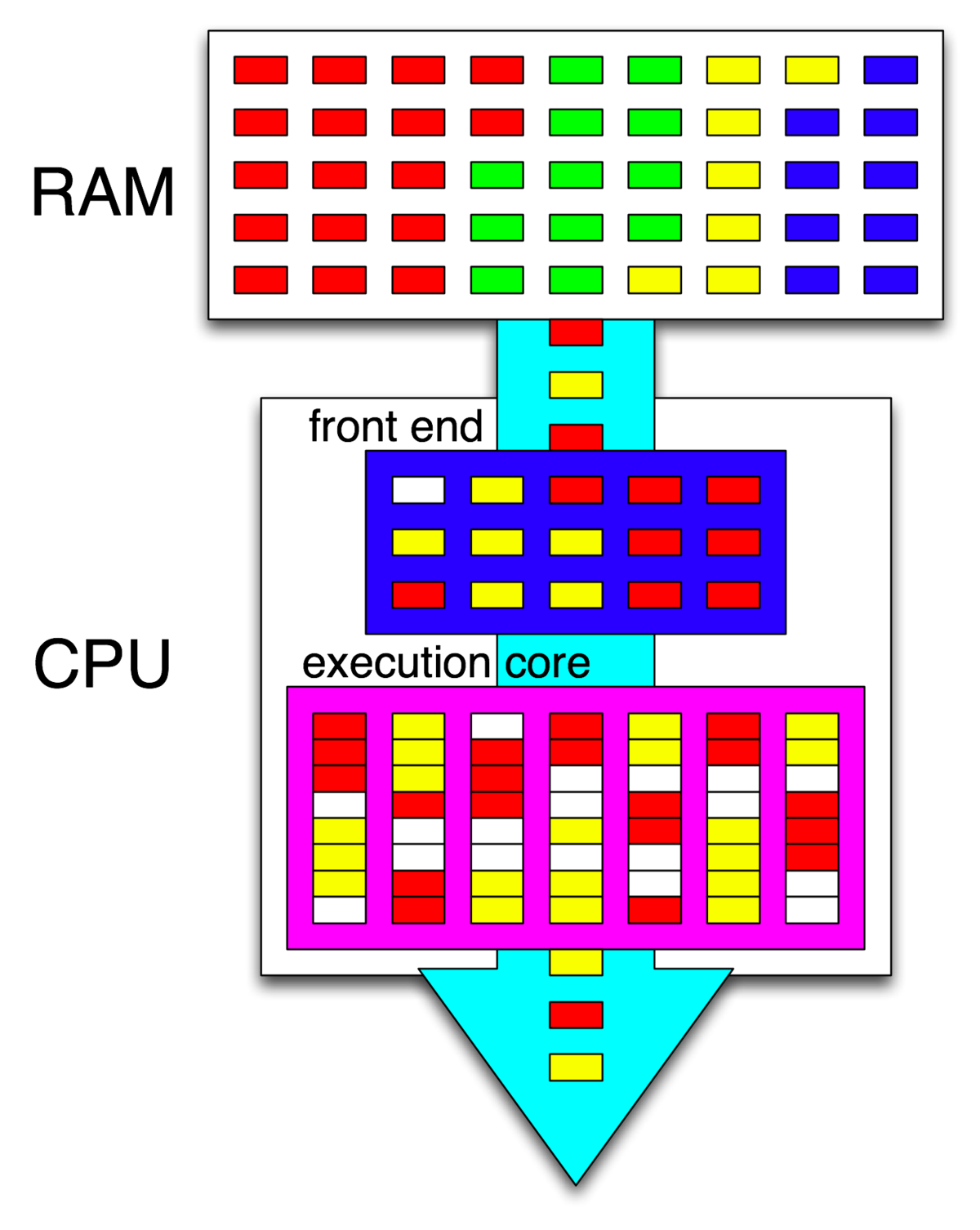Phoronix: LLVMpipe Scaling With Intel's Core i7 Gulftown
When finding out that an Intel Core i7 970 "Gulftown" CPU was on the way, which boasts six physical cores plus another six logical cores via Hyper Threading, immediately coming to mind was to try out this latest Intel 32nm processor with the Gallium3D LLVMpipe driver. There's a lot to love about Gallium3D when it comes open-source Linux graphics drivers with the possibilities being presented by the different state trackers (such as native Direct3D 11 support on Linux) and the hardware drivers themselves being more advanced, easier to write, and eventually should be much faster than the classic Mesa drivers for Linux. One of the drivers that has especially been of interest is LLVMpipe, which is an attempt to finally make a useful CPU-based software rasterizer for Linux by leveraging the Low-Level Virtual Machine infrastructure. Here is our introductory article to LLVMpipe and even with a Core i7 "Bloomfield" processor the driver is very demanding, but with Intel's Gulftown the results are somewhat surprising as we experiment with how this CPU-based driver scales up to twelve threads.
When finding out that an Intel Core i7 970 "Gulftown" CPU was on the way, which boasts six physical cores plus another six logical cores via Hyper Threading, immediately coming to mind was to try out this latest Intel 32nm processor with the Gallium3D LLVMpipe driver. There's a lot to love about Gallium3D when it comes open-source Linux graphics drivers with the possibilities being presented by the different state trackers (such as native Direct3D 11 support on Linux) and the hardware drivers themselves being more advanced, easier to write, and eventually should be much faster than the classic Mesa drivers for Linux. One of the drivers that has especially been of interest is LLVMpipe, which is an attempt to finally make a useful CPU-based software rasterizer for Linux by leveraging the Low-Level Virtual Machine infrastructure. Here is our introductory article to LLVMpipe and even with a Core i7 "Bloomfield" processor the driver is very demanding, but with Intel's Gulftown the results are somewhat surprising as we experiment with how this CPU-based driver scales up to twelve threads.


Comment